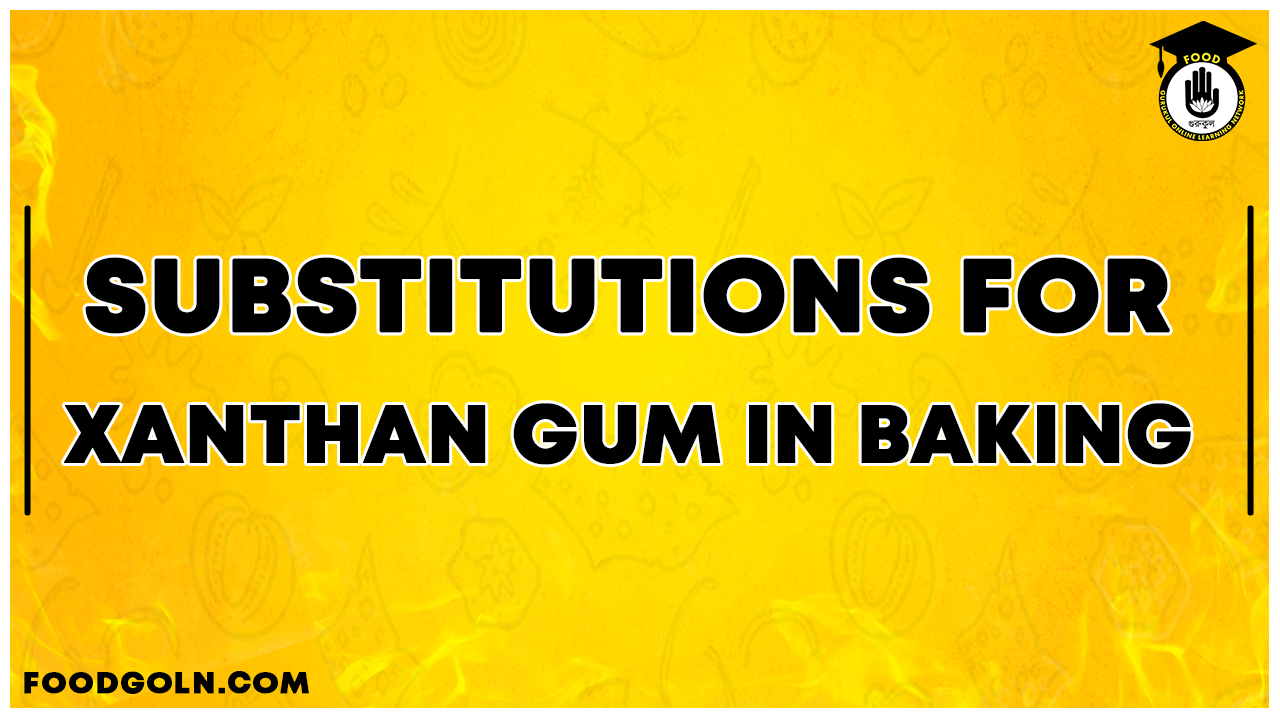Substitutions for Xanthan Gum in Baking
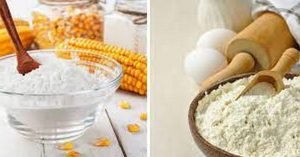
Table of Contents
Substitutions for Xanthan Gum in Baking
For the majority of people within the Gluten-Free baking community, xanthan gum is the holy grail of baking. It’s easily the most popular binding agent and most Gluten-Free recipes feature it as a crucial ingredient.
However, recently, there has been some controversy surrounding xanthan gum as it appears to cause allergy-like symptoms in certain individuals.
Add that to the fact that it’s highly processed, its use is being viewed as contradictory to the healthy and holistic approach that is sometimes embraced by Gluten Free bakers.
So it leaves us with a problem or perhaps a challenge. Are there alternatives to xanthan and if so, how can you use them in your baking to perhaps avoid the negative health effects that using xanthan may bring? We’ll look at some alternatives in this article.
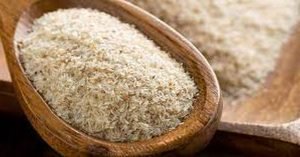
Chia Seeds
Chia seeds are an excellent binding agent and can absorb up to 12 times their weight in water. They form a gel-like substance that improves the consistency of dough and locks in moisture when baking bread, pastries, and cakes.
They can be ground, although this is not necessary for the binding effect to take place.
Chia seeds are also extremely high in fiber and can have a laxative effect. They are popular replacements for xanthan gum because while they have a nutty flavor, it’s mild and tends not to interfere with the flavor of the baked goods they are added to.
Substituting xanthan for these is simple as you use a 1:1 ratio. Just use the same amount of chia (in weight) as you would xanthan and you’re all set!
Psyllium Husk
Psyllium husk or psyllium fiber is a relatively new binding agent which is typically used as a xanthan substitute in bread. It has been scientifically proven to improve the structure of Gluten-Free dough and improve the texture, volume, and rising of gluten-free baked bread.
It is typically found as a dietary fiber supplement in most health stores and is used by athletes to lower cholesterol. A 5% psyllium fiber flour mix is best for baking bread (1 part psyllium to 19 parts of flour).
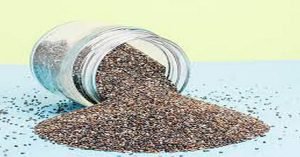
Konjac Powder
Also known as Glucomannan powder, Konjac powder is ground up konjac root which has been used in Asia as a dietary fiber for several hundreds of years. Like Psyllium fiber, it is used as a supplementary source of fiber as well as a thickener.
Its high fiber content lends it numerous health benefits which include the reduction of blood cholesterol and a lower bowel cancer risk. It also helps control blood sugar levels but its binding properties are most relevant for our purposes.
When used in baking, you can use the same amount of Konjac powder as you would xanthan gum (1/2 teaspoon per cup of flour for cakes and bread).
For other baked goods like flatbreads or tortillas, you can increase the amount of Konjac you use to 3⁄4 teaspoon per cup of four to get the desired consistency.
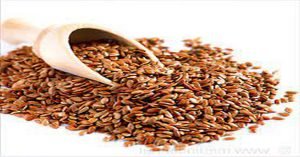
Flax Seeds
Flaxseeds are extremely popular in baking and also as a health supplement (flaxseed oil). They are a great binding agent and are easily found (because of their popularity).
On top of all this, they are cheap to buy! In their natural form, flaxseeds are not very useful as a binding agent. They have to be ground first and then mixed with hot water.
The water has to be boiled first and then mixed with the flax to form a gel-like paste known as ‘slurry’ which is then added to gluten-free flour for baking bread and cakes.
For substitution, use the same weight of ground flax as you would xanthan gum. Then mix it in twice the amount of water (2 tbsp. of ground flax mixed with 4 tbsp. of hot boiling water).
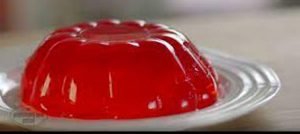
Agar-Agar
Agar-Agar is a seaweed derivative that acts as a stabilizer, thickener, and binding agent. It, like the other above-mentioned agents, forms a gel-like paste when mixed with water. It is a popular vegan alternative to gelatin (another binding agent derived from animals) with excellent moisture retention properties.
It makes dough stretchy and elastic while making bread chewier. It’s recommended that you exercise restraint when using agar as it can retain so much moisture that bread and cakes end up soggy.
It’s worth noting that agar can be fairly pricey and a little difficult to find locally, so the internet is usually the best place to go. That said, it works a treat in baking because it has no odor, color, or taste.
Agar-agar is 80% fiber so it CAN have a laxative effect if too much is used. To use agar, you need to dissolve it in water first. Once it’s dissolved, you need to boil it (1-5 minutes for powder and 10-15 minutes for flakes).
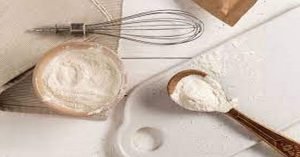
There are numerous other substitutes for xanthan gum but these we feel, are the most versatile.
